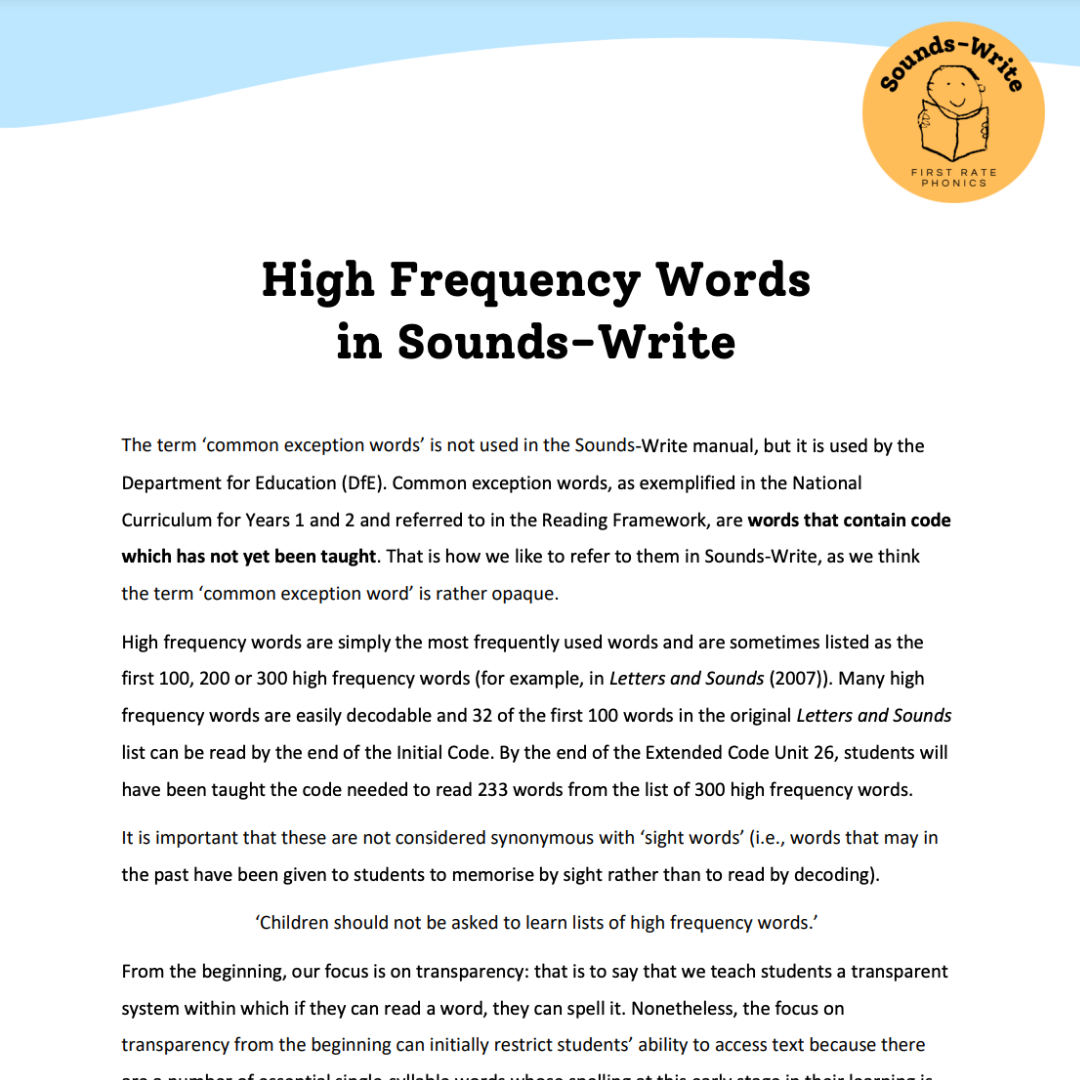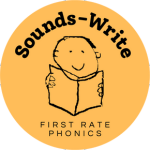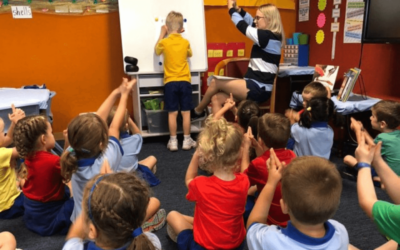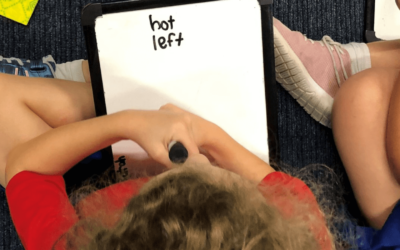Free resources for teachers
We’re always sharing free resources on our social media channels; follow us to make sure you don’t miss out!
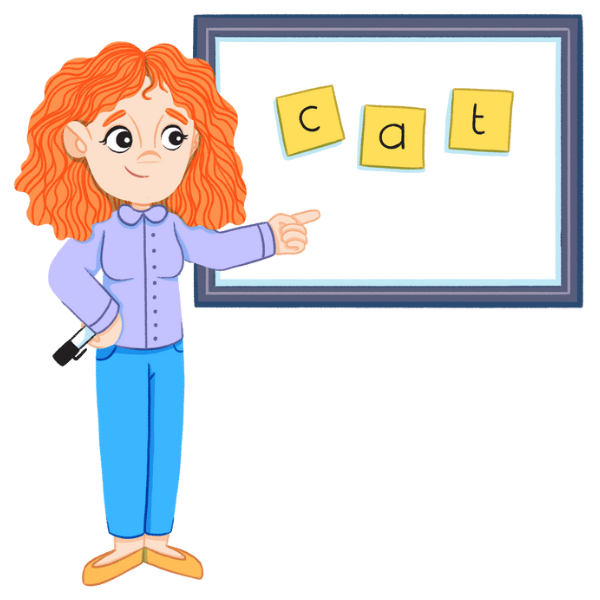
Phonics Screening Check Support
Explore our collection of blogs crafted by Literacy Specialists to help you effectively prepare for the Phonics Screening Check.
The Importance of ‘Keep-Up’ Interventions
Whether you are at the start of the year, as our Australian colleagues are, or mid-year as our UK and US colleagues are, it is ALWAYS a good time to talk about the importance of ‘keep-up' intervention. What are ‘keep-up’ interventions? Whilst at Sounds-Write we...
Phonics Screening Check – Tips for a Strong Start to the Academic Year (Australia)
Whilst the timing of this blog was prompted by the start of the new academic year in Australia, the guidance will be useful to teachers using a Phonics Screening Check anywhere around the world. In fact, we shared a VERY similar post back in September for the start of...
The Cumulative Nature of Sounds-Write: Supporting Progress Towards the Phonics Screen Check
When considering the Phonics Screening Check and the code knowledge that needs to be learned, there can sometimes be an urgency to ‘get through’ the scope and sequence. The beauty of Sounds-Write is that the scope and sequence follow a cumulative nature, meaning you...
PSC: Mid-Year Strategies to Ensure Everyone is On Track
The PSC (Phonics Screening Check) may seem some time away yet but, at Sounds-Write, we recommend that you review what your class has been doing so far to make plans for the months ahead. Let us guide you! In this blog, we’ll explain how you can use the tools we’ve...
Phonics Screening Check – top tips for a strong start to the academic year (UK)
Whilst the timing of this blog was prompted by the start of the new academic year in the UK, the guidance will be useful to teachers using a Phonics Screening Check anywhere around the world. Welcome to the start of another new academic year! Whilst the PSC (Phonics...
The Phonics Screening Check 2024: Our Analysis
CEO, John Walker, reflects on the history and purpose of the phonics screening check and shares his advice for educators looking to support their students going forward. Twelve years on and after much initial opposition, English schools have just run the latest...
First Steps collection
The simple, decodable texts enable children to practice the skills and code knowledge they are learning. The simple sentence structures and short word counts will help children practice reading without overloading them and they’ll enjoy having success!
The Initial Code books are quirky stories about children and their unusual pets. The Extend Code is based on children and their hobbies.

Free Initial Code First Step
e-book collection
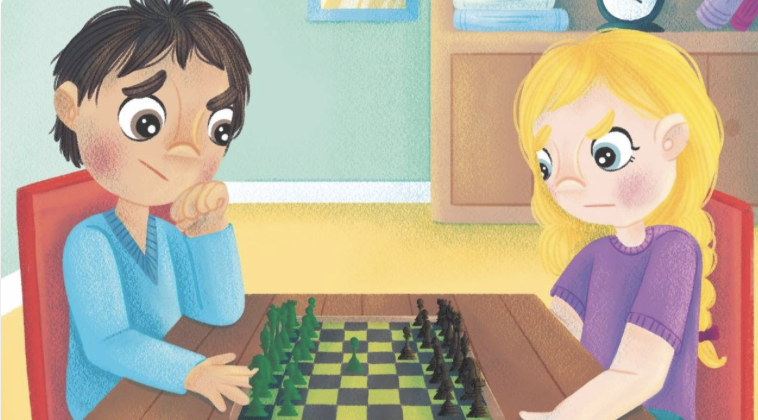
Free Extended Code First Steps
e-book collection
Tracking activities
For Sounds-Write Units 1 to 7. These activities are designed to improve left to right directionality, visual discrimination and letter (spelling)/word memory. They can also help with fine motor and hand‐eye coordination. Tracking activities are also designed to support the teaching of scanning and locating. The students differentiate between nonsense groups of letters and real words.
The activities can be completed as a whole class activity or individually. Some students may need adult support. The worksheets can also be divided into smaller activities to meet the students’ needs. Timing can be a fun part of the activity. Students can race the clock, record their time and then try to beat their time when the activity is next presented to them.
SpeedRead
SpeedRead is designed for use as a classroom activity by Sounds-Write trained teachers and TAs. It can be used as a main part of a lesson or as a warm-up. [For details, please see instruction sheet].
It is designed to follow the order in which sound-spelling correspondences are introduced in the Sounds-Write literacy programme: Unit 1: a, i, m, s, t; Unit 2: n, o, p; Unit 3: b, c, g, h; Unit 4: d, f, v, e; Unit 5: k, l, r, u; Unit 6: j, w, z; Unit 7: x, y, ff, ll, ss. In Units 1 to 7, all words have the structure CVC. Units 8 to 10 do not introduce any new sound-spelling correspondences but the complexity of the structure of the words is increased as follows: Unit 8 VCC and CVCC; Unit 9: CCVC; Unit 10: CCVCC, CCCVC, CCVCCC. Finally, Unit 11 introduces the sound-spelling correspondences: <sh> for /sh/; <ch> for /ch/; <th> for /th/ (voiced and unvoiced); <ck> for /k/.
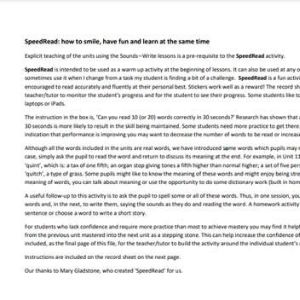
Lexicon of English spellings from Sounds-Write
This reference work has been developed for the benefit of classroom teachers and all those interested in literacy. It is preceded by a short theoretical paper about English spelling.
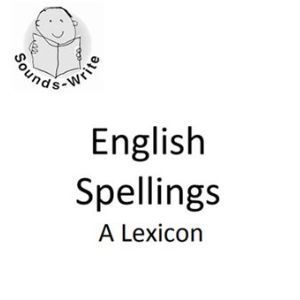
High-Frequency Words in Sounds-Write
This document shows how Sounds-Write deals with ‘high-frequency words’ and other words that contain code that has not yet been taught.
